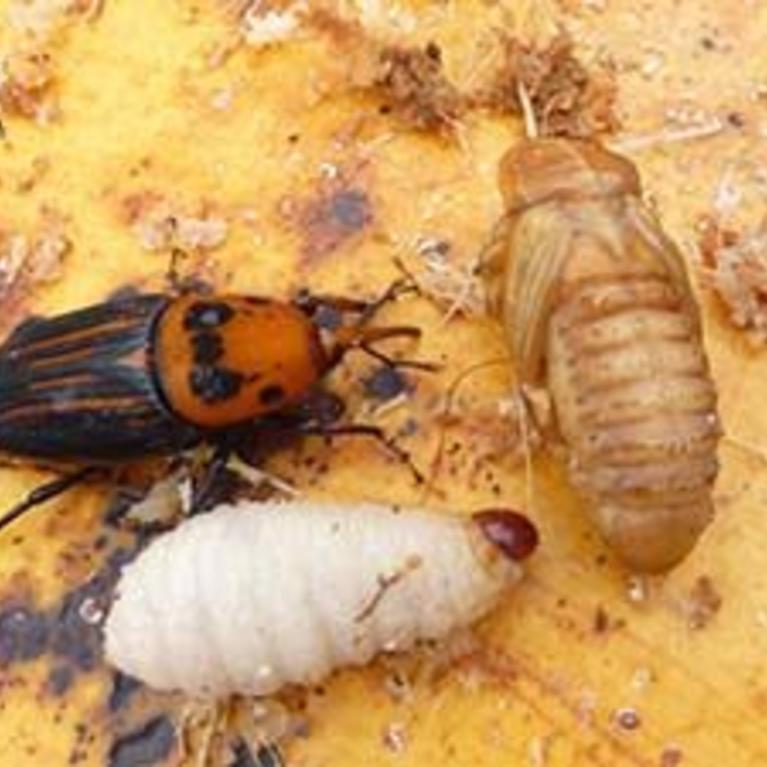
The Red Palm Weevil Crisis in Tunisia: A Potential Threat to Food, Economic, Social, and Political Security?
Written by: Mark Hoddle Department of Entomology, UC Riverside Email: mark.hoddle@ucr.edu More Research: UCR Biocontrol Website The red palm weevil (RPW), Rhynchophorus ferrugineus, is a highly invasive and extremely damaging pests of palms, especially ornamental Canary Islands date palms ( Phoenix canariensis) (CIDP’s), and date palms ( Phoenix dactylifera) that produce fruit for human consumption...
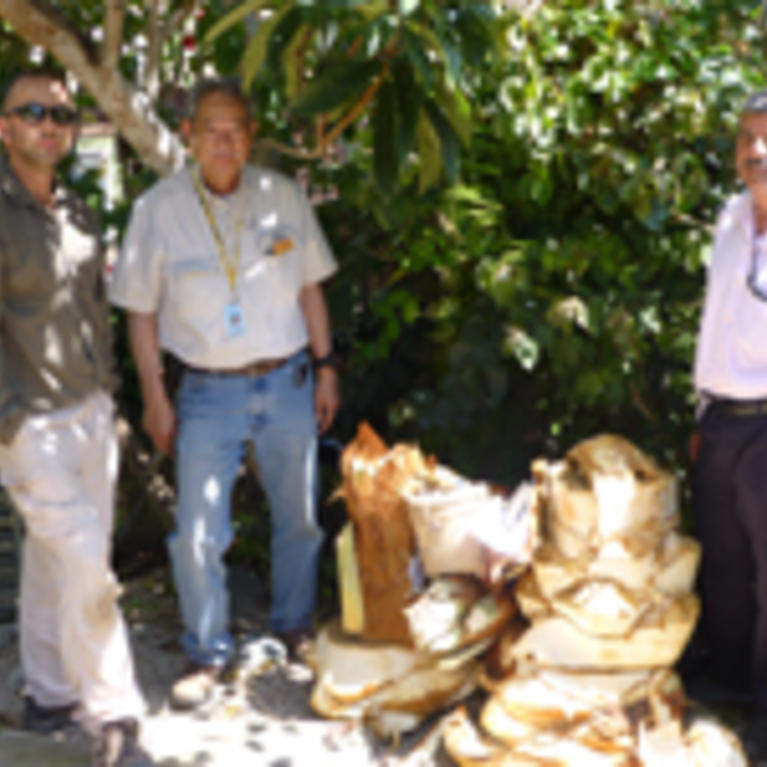
The Palm Weevil, Rhynchophorus vulneratus, Successfully Eradicated from California
Fig. 1. Rhynchophorus vulneratus, the palm weevil discovered in Laguna Beach, California in October 2012. Fig. 2. Red palm weevil, Rhynchophorus ferrugineus, adult, larva (white grub), and pupa extracted from a Canary Islands date palm in France. Fig. 3. Dead Canary Islands date palm killed by R. vulneratus in Laguna Beach. Fig. 4. Red palm...
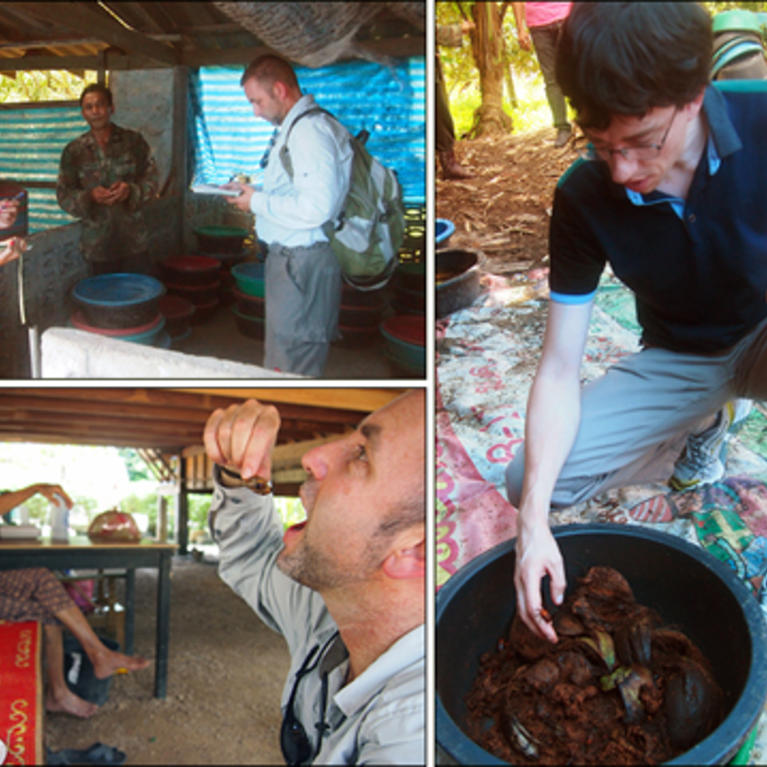
Entomophagy: Farming Palm Weevils for Food
Article by Mark S. Hoddle, Department of Entomology, University of California, Riverside CA 92521, USA Background: Entomophagy is the consumption of insects by humans for food. This is an ancient practice that tends to be concentrated in certain parts of the world, notably tropical and sub-tropical regions, where there is a diversity of large insects...
By Mark Hoddle |
Has the Red Palm Weevil Gone Extinct in Laguna Beach?
The Situation: On 27 March 2013, a Canary Island palm on the Pacific Coast Highway that had been previously inspected and treated for red palm weevil (RPW) infestation in June 2011 was removed by MPA Landscape Services (Chuck Galanti). The palm was removed because it was causing structural problems to an adjacent building, and notbecause...
By Mark Hoddle |
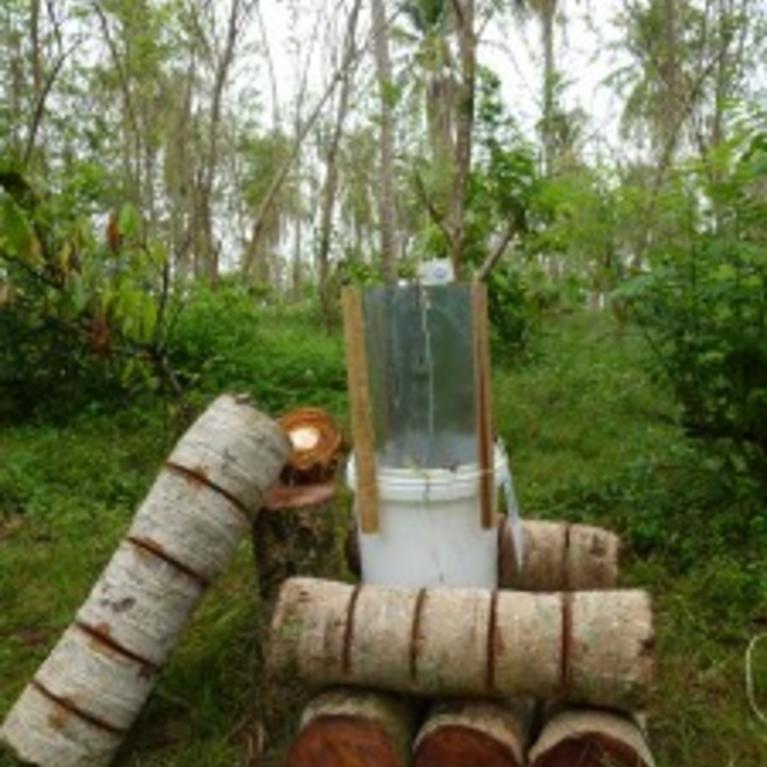
Testing a New Trapping Program for Red Palm Weevil in Laguna Beach California
Since the first official detection of red palm weevil (RPW) in September 2010, the California Department of Food and Agriculture has been running a pheromone trapping program for this pest in Laguna Beach. As part of this trapping program, CDFA is monitoring 153 traps that are set up in two different patterns. The core area...
By CISR Team |
Entomophagy: Collecting and Eating Red Palm Weevil Larvae from Nipa Palms in Sumatra, Indonesia
The red stripe form of red palm weevil (referred to here as Rhynchophorus vulneratus) is harvested for food from nipa palm trunks in parts of Sumatra by rural and semi-rural agrarians. Nipa palms ( Nypah fruticans; known as buah atap in Indonesia) typically grow in swampy muddy areas (in either fresh or brackish water conditions)...
By Mark Hoddle |
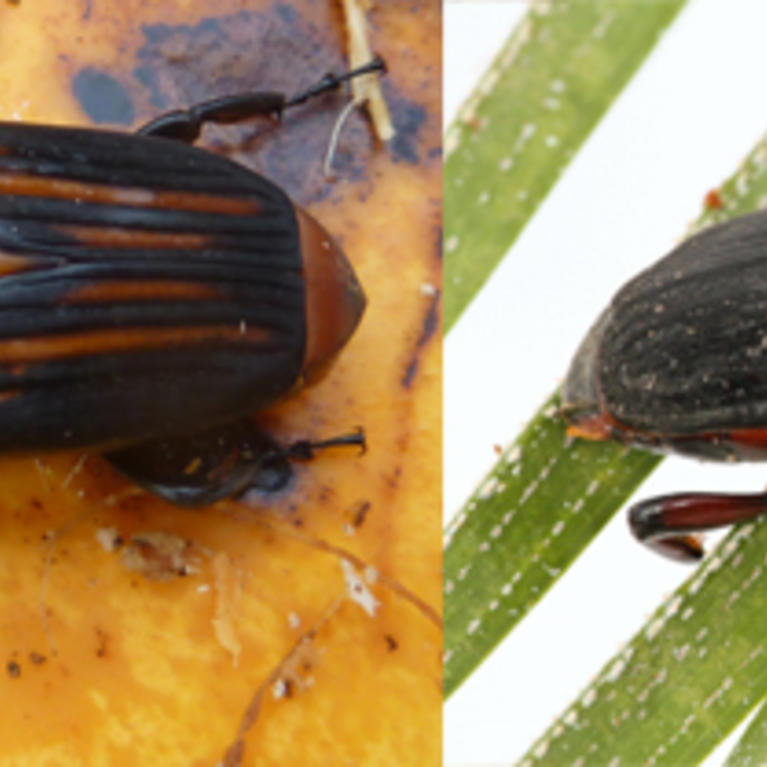
Testing Red Palm Weevil Pheromone Traps in the Philippines
In August 2010, red palm weevil (RPW), was officially detected in Laguna Beach, Orange County California. This insect was recovered from a dying Canary Islands palm in a residential property and has been declared by FAO to be the world’s most destructive palm pest. At least 2-3 additional palms are thought to have been killed...
By CISR Team |
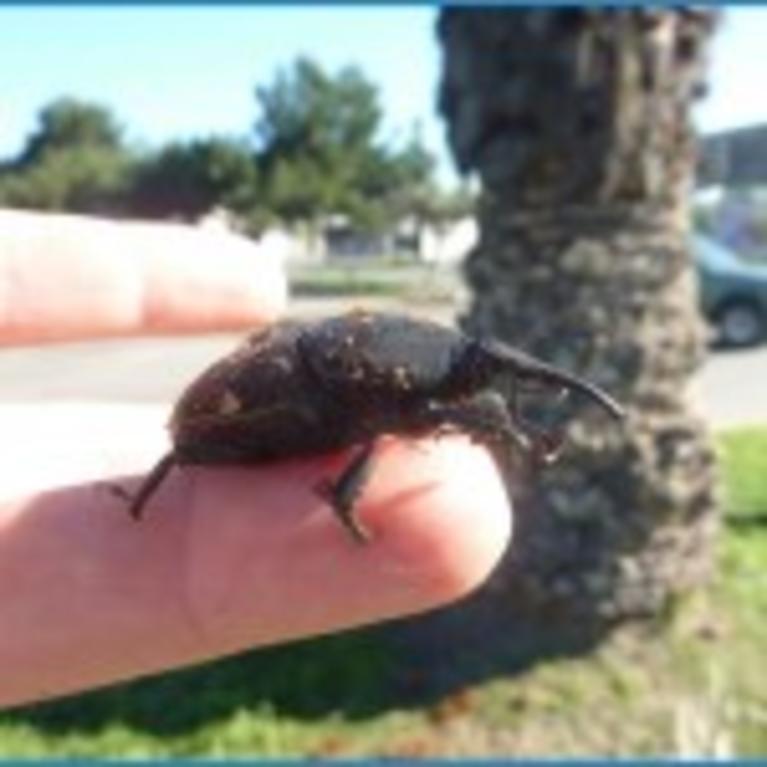
Palmageddon: Are California’s Palms about to Face the Perfect Storm?
Two species of giant palm weevils, Rhynchophorus ferrugineus (commonly known as the red palm weevil) and Rhynchophorus palmarum (South American palm weevil) have both been detected in Southern California. The red palm weevil (RPW) was officially discovered in Laguna Beach in Orange County (California USA) in September 2010. The beetle has been declared by FAO...
By Mark Hoddle |
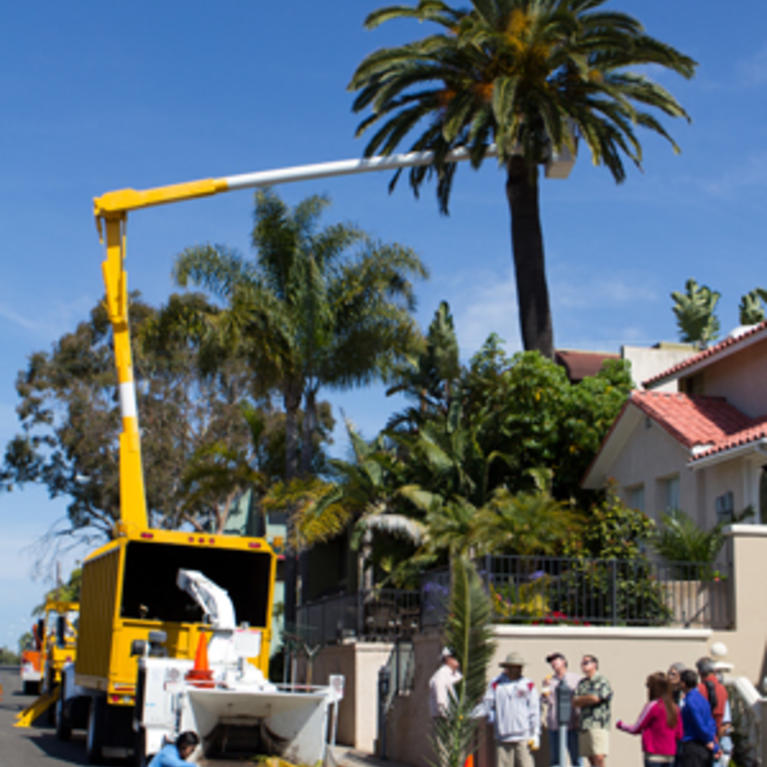
Red Palm Weevil in Laguna Beach Dealt a Second Blow
On June 2 2011, a second Canary Islands palm was inspected for red palm weevil in Laguna Beach, approximately one week (May 25 2011) after the first palm suspected to be infested with red palm weevil was inspected and confirmed to have red palm weevil activity, and subsequently treated with insecticides. The process for selecting...
By Mark Hoddle |
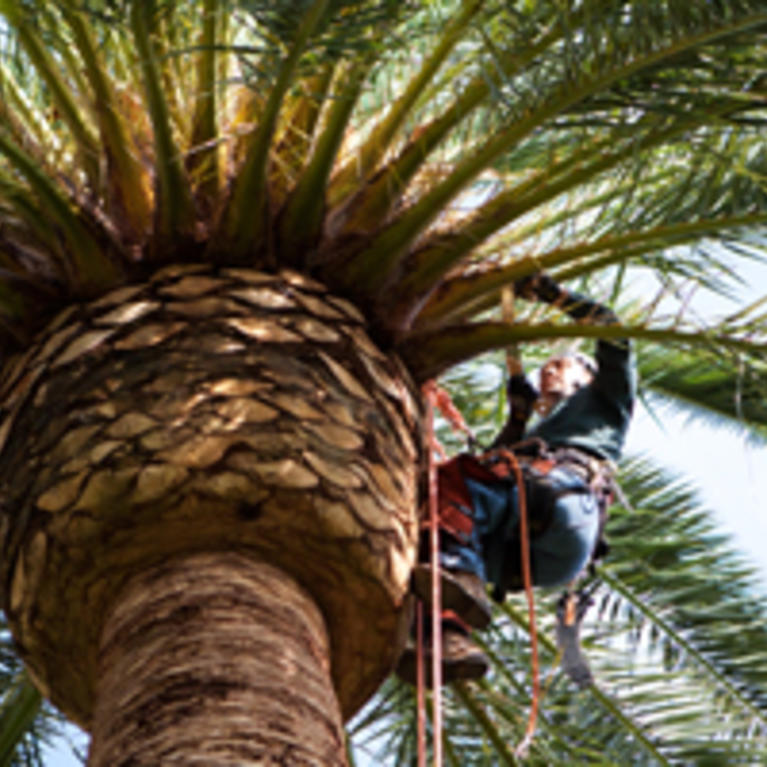
First Move Made Against Red Palm Weevil in Laguna Beach
On May 25 2011, a Canary Islands palm suspected of being infested with red palm weevil in a private residence in Laguna beach was inspected for this pest and later treated with insecticides. The process for selecting and treating palms at Laguna Beach has followed a strict process: (1) Palms with suspected red palm weevil...
By Mark Hoddle |
Let us help you with your search